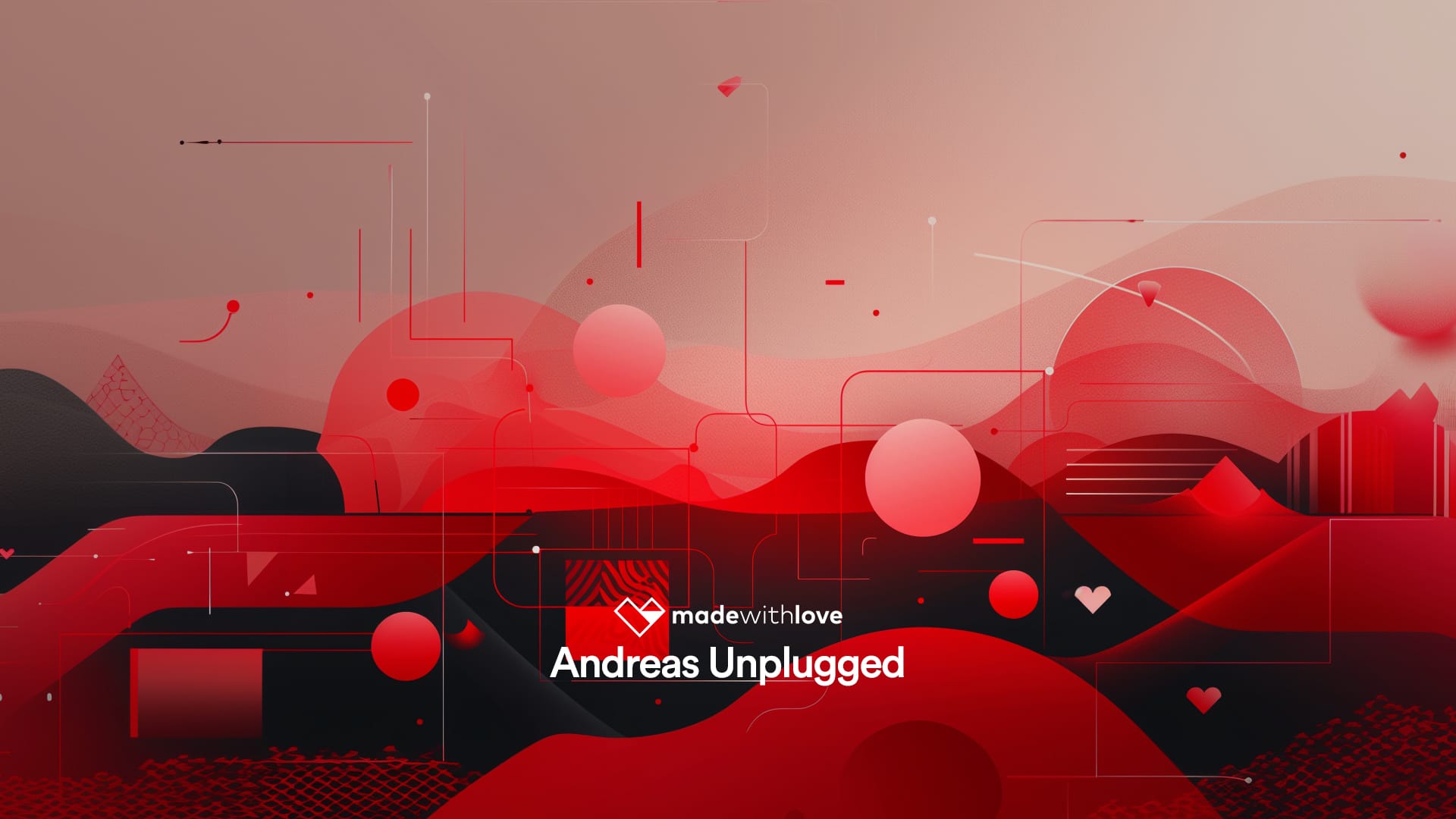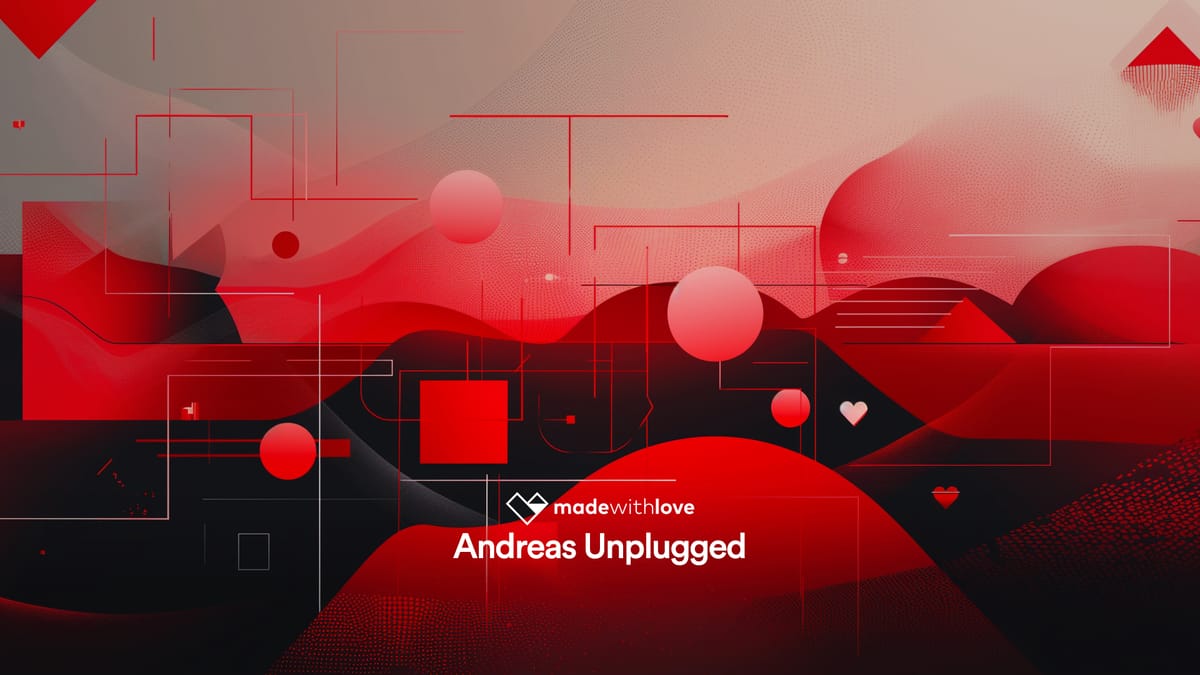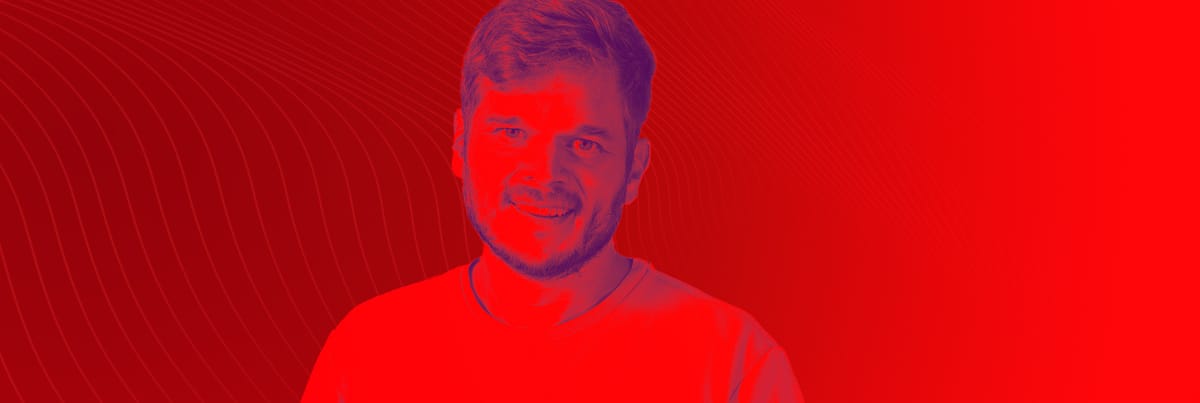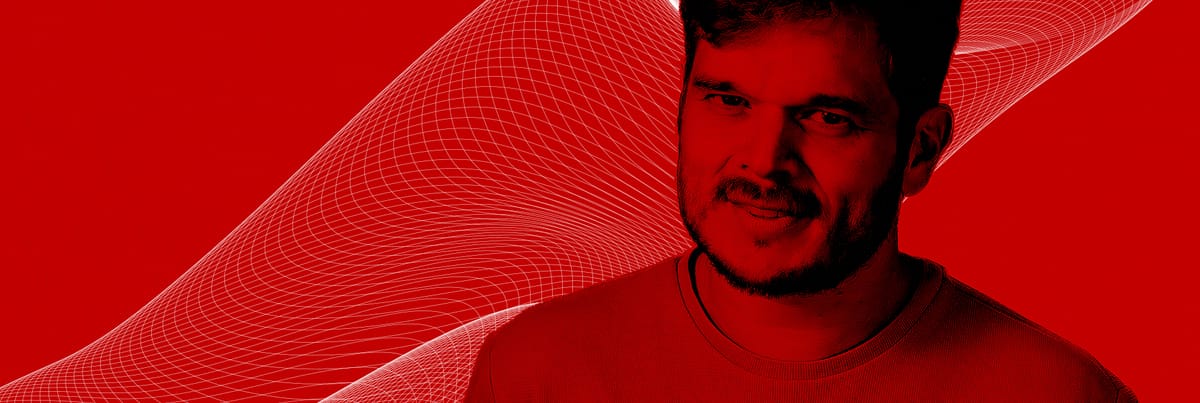Last year I got a stainless steel pan for Father’s Day. No fancy non-stick coating, no “green pan,” no gimmicks. Just plain old RVS. At first, I was skeptical because it requires a bit more care: heat it properly, clean it carefully, dry it well. But here’s the thing: unlike all those trendy non-stick pans I’ve thrown away over the years because the coating scratched or wore off, this pan just keeps going. It doesn’t hide behind a fragile layer, it just does the job and, if treated well, will probably last longer than me.
That lesson applies just as much to software. It’s tempting to pick the shiny new framework that promises magic. But just like those pans, the novelty often wears off, and you’re left with something you need to replace. Boring, established technology might not look as attractive, but everyone knows how it behaves, and it can last for decades if you take care of it. Eventually, every tool becomes “legacy,” so the question is: do you want something solid that can be maintained for the long haul, or a trendy gadget that’s bound for the bin?
If you want to dive deeper into this idea, I wrote a blog post about it here: Be Boring.










Member discussion